 |
 |
 |
 |
 |
 |
|
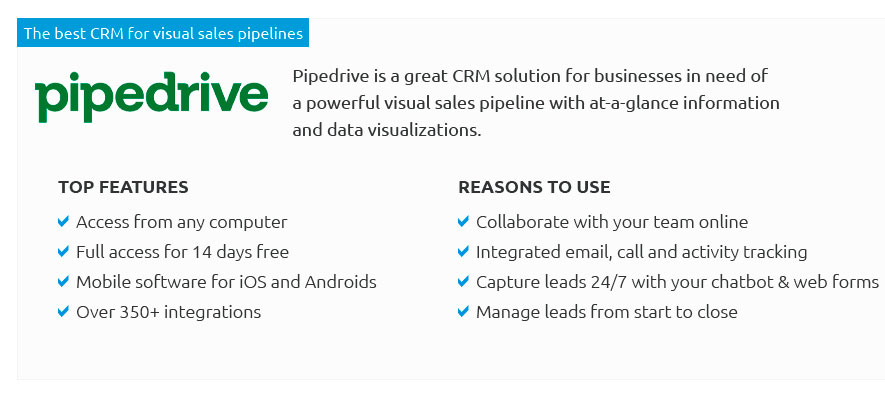 |
|
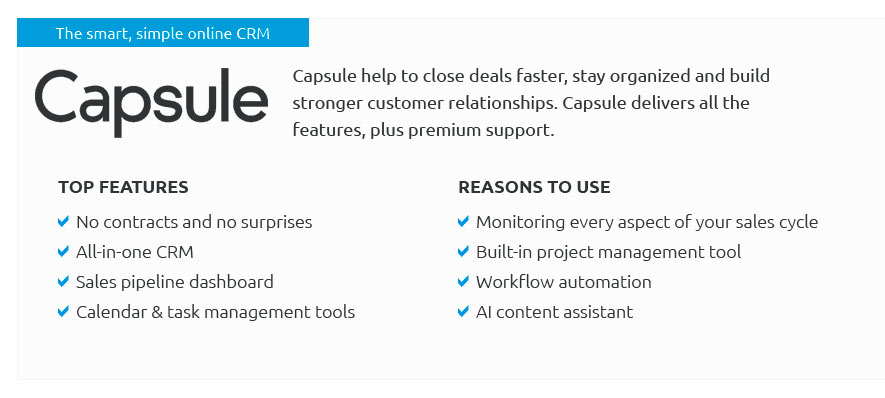 |
|
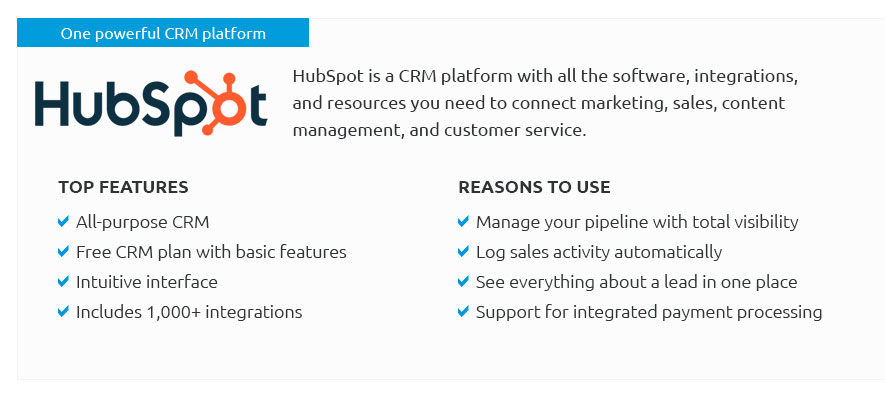 |
|
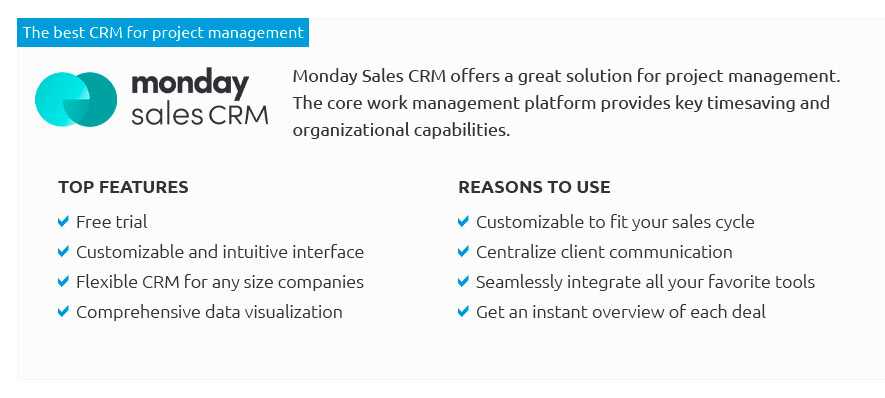 |
|
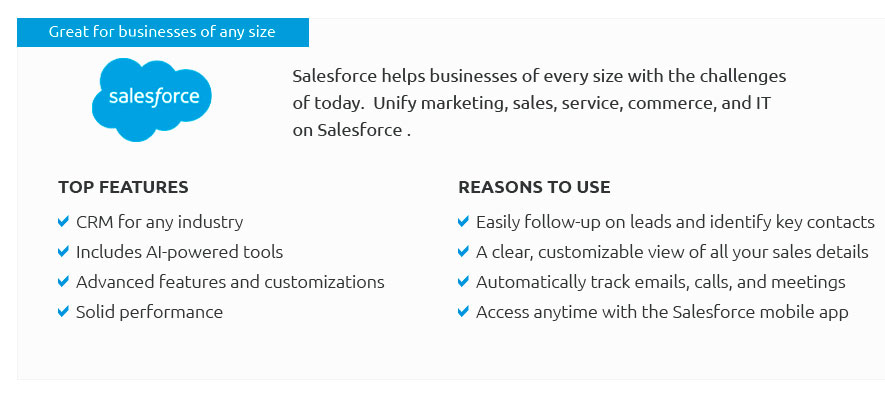 |
|
 |
 |
Understanding the Dynamics of Lead Pipeline ManagementThe concept of a lead pipeline is pivotal in modern marketing and sales strategies, yet it often carries an air of complexity that might intimidate those unfamiliar with its intricacies. At its core, the lead pipeline is a structured journey that potential customers undertake, from the first point of contact with a business to the eventual conversion into a paying client. This journey is meticulously crafted to optimize the customer experience while maximizing the efficiency and effectiveness of a company's sales efforts. The lead pipeline is typically divided into distinct stages, each serving a unique purpose in nurturing prospects through their decision-making process. These stages can be broadly categorized into awareness, consideration, and decision. During the awareness stage, potential leads are introduced to the brand and its offerings, often through channels like social media, blog posts, or advertisements. It's essential here to capture attention with compelling content that resonates with the target audience. As prospects move into the consideration stage, they engage more deeply with the business, evaluating whether the products or services meet their needs. This is where personalized communication and targeted content become crucial, enabling businesses to address specific concerns and demonstrate value. Finally, in the decision stage, the focus shifts to converting these informed leads into customers, utilizing persuasive techniques and fostering trust to seal the deal. One cannot overstate the importance of a well-maintained lead pipeline; it acts as a lifeline for businesses, especially those in highly competitive markets. By systematically managing leads through these stages, companies can not only improve their conversion rates but also enhance customer loyalty and lifetime value. It's worth noting that technology plays a significant role in this process; Customer Relationship Management (CRM) systems have become indispensable tools, offering insights and automation capabilities that streamline pipeline management. Moreover, the integration of data analytics into the pipeline management process allows businesses to gain a deeper understanding of customer behavior and preferences, ultimately leading to more informed strategic decisions. It's also beneficial to regularly audit and refine the lead pipeline strategy, ensuring it remains aligned with both market trends and evolving customer expectations.
In conclusion, while the intricacies of lead pipeline management may initially seem daunting, embracing its principles and leveraging modern tools can transform it into a powerful engine for growth. Businesses that invest in understanding and optimizing their lead pipelines are well-positioned to thrive in the ever-evolving landscape of today's marketplace. Indeed, the journey of nurturing a lead from a mere point of interest to a satisfied customer is not just a linear path, but rather a dynamic and rewarding expedition that reflects the art and science of effective salesmanship. https://support.mindbodyonline.com/s/article/Setting-up-your-sales-pipeline
This article covers setting the criteria that automatically create and convert leads, setting lead scoring, and managing email notifications. https://www.lead2pipeline.com/
Lead2Pipeline is an award-winning growth services provider with a proprietary database of 63M IT, business, and government buyers. We deliver campaigns in 11+ ... http://help.pipelinersales.com/en/articles/2723902-understanding-pipelines-leads-opportunities-and-activities
A Pipeline tracks your individual company's processes. It's often what's referred to as a Sales Funnel. This process is made up of the steps or stages that ...
|